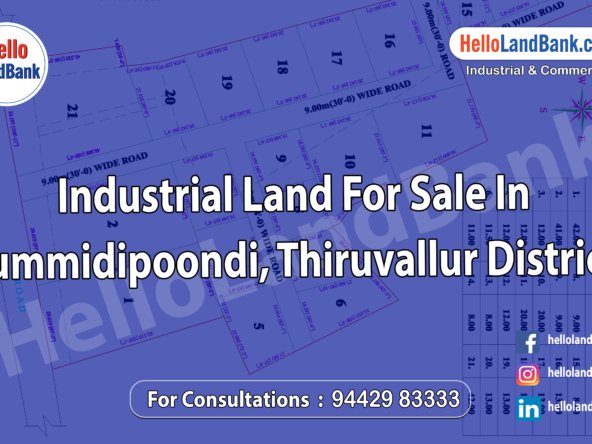Property taxes can significantly influence the cost of industrial land in several ways:
1. Direct Cost:
- Property taxes directly increase the operational expenses for industrial landowners. Higher property taxes mean higher costs for owning and operating industrial facilities, which can translate to higher rents or sale prices for industrial land to offset these expenses.
2. Investment Attractiveness:
- High property taxes can make industrial land less attractive for investors and developers. They may seek locations with lower tax burdens to maximize their returns on investment. Consequently, areas with lower property taxes may experience higher demand for industrial land, driving up prices.
3. Market Dynamics:
- Property taxes can affect the overall dynamics of the industrial land market. Higher taxes can suppress demand or limit the ability of businesses to expand or invest in new facilities, leading to stagnation or decreased property values. Conversely, lower taxes can stimulate demand and investment, driving up prices.
4. Location Choices:
- Industries often consider property taxes when choosing locations for their facilities. Lower tax regions may attract more industrial development, leading to increased competition for industrial land and driving up its cost. Conversely, areas with higher property taxes may struggle to attract industrial tenants or buyers, keeping land prices lower.
5. Government Revenue:
- Property taxes are a significant source of revenue for local governments. In some cases, municipalities may increase property taxes on industrial land to generate additional revenue, which can further increase the cost of owning or leasing such properties.
Overall, property taxes play a crucial role in shaping the cost and dynamics of industrial land markets, influencing investment decisions, market competitiveness, and government revenue streams.




